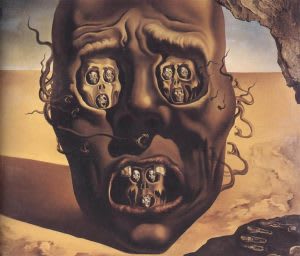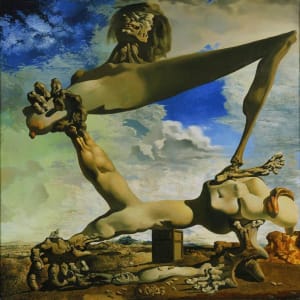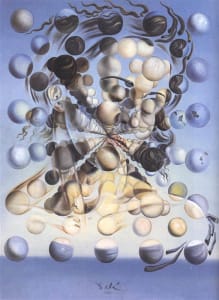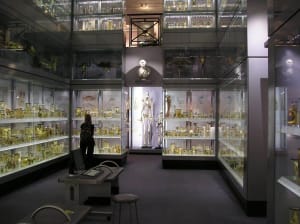
‘Swedish death cleaning’ is the sort of phrase that leaves you wanting to know more. Here’s a quick look at the Swedish art of death cleaning, with some tips if you’re thinking about getting involved yourself.
What is Swedish death cleaning?
The Swedish concept of döstädning, or death cleaning, came to widespread attention with the release of Margareta Magnusson’s book The Gentle Art of Swedish Death Cleaning.
Over the course of our lives, we accumulate a lot of possessions and clutter. When we die, those possessions are left behind, and our loved ones have to do the emotionally difficult work of sorting through them, deciding what to keep and what to throw away.
Essentially, the idea behind death cleaning is this: what if we get rid of the unnecessary things we’ve accumulated while we’re still alive? That way, we can live in less cluttered surroundings, and sorting through our things will be a much less daunting task for our loved ones when we’ve passed on.
We can do this by going through all our possessions, throwing or giving away the things we don’t need, and keeping only what we want in our lives, and what people might want to inherit from us.
Swedish death cleaning tips
If you’re interested in doing some decluttering yourself, here are a few tips on how to do Swedish death cleaning in your own home.
- Take your time. You don’t have to devote hours to decluttering every day; you quite literally have the rest of your life to get this done. If you go through a few things per day, or set aside an hour per week to go through your possessions and decide which ones to get rid of, you’ll be able to declutter steadily without imposing too much on your day-to-day life.
- Tell your friends and family what you’re doing. They may be able to help out, whether by going through cupboards with you or by taking the tea set you never use.
- Work systematically. Tackle one drawer in one room, for example, then the next drawer, then the next, then move on to the next room once you’ve worked through the first. That way you’ll get the satisfaction of being able to tick off each shelf/cupboard/room as you complete it, and you’ll have a clear idea of what’s been done and what remains.
- If there are old documents you don’t feel able to get rid of entirely, you might choose to preserve them digitally by photographing or scanning them, giving yourself the freedom to dispose of the physical version.
- If you’re not sure whether anyone will want to inherit a particular possession, ask! If it’s wanted and you don’t need it yourself, you could even pass it down while you’re still alive.
- Once you’ve finished, try not to re-clutter all the space you’ve just reclaimed. Give some thought to the things you buy, dispose of clothes as they wear out, and get rid of documents as soon as they’re no longer needed, rather than shoving them in a drawer to forget about them.
Finally, bear yourself in mind while you’re working through your possessions. You may be thinking about the convenience of those who will inherit from you, but you’re still a living person and your comfort is important as well. Don’t feel you have to get rid of anything you genuinely want to keep in your life.









